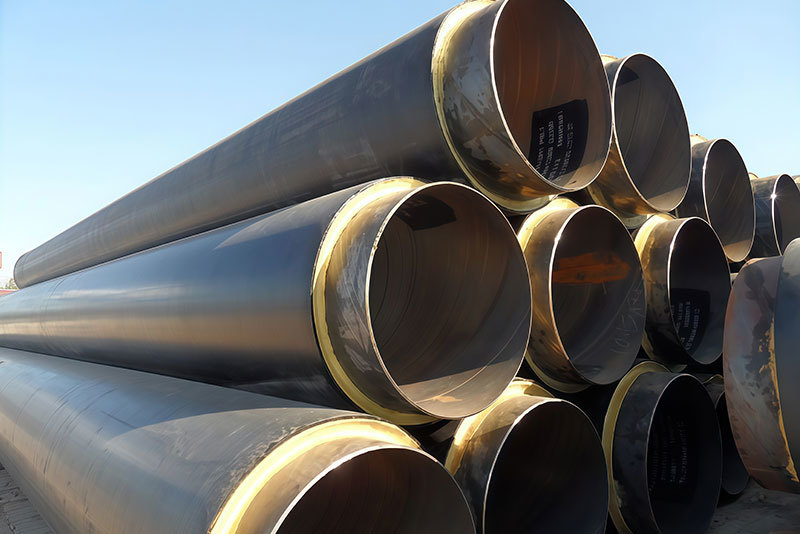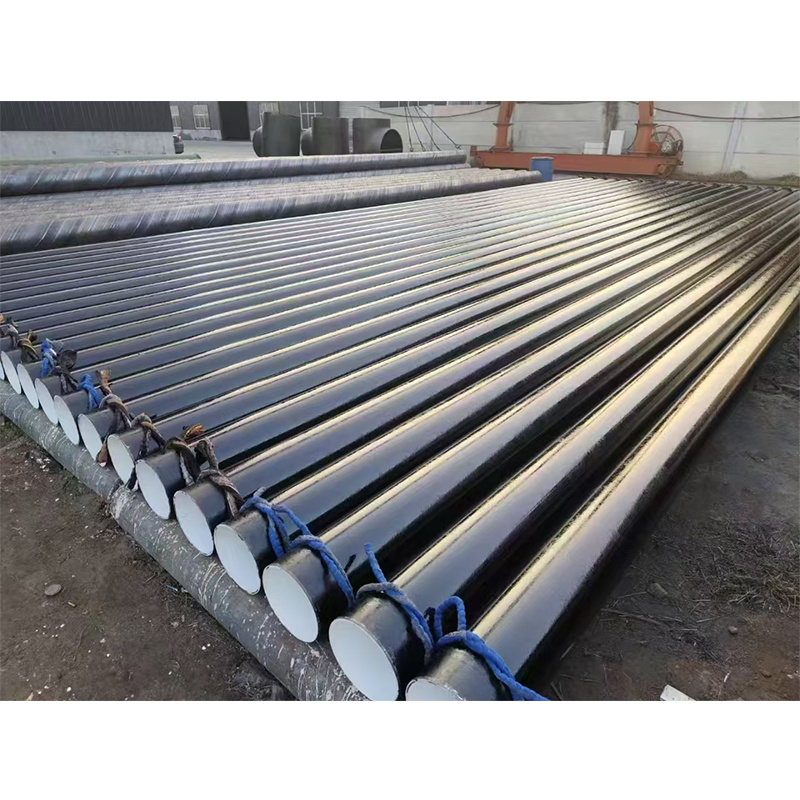Application scope of anti-corrosion pipeline
Sep 29,2024

The scope of application of anti-corrosion pipes. We are also looking at its scope of use. Anti-corrosion pipes are mainly suitable for anti-corrosion construction operations of equipment and pipelines in civil and general industrial buildings. It is a destructive phenomenon caused by the chemical and electrochemical action of metals in the surrounding medium. According to the part of the pipeline corroded, it can be divided into inner wall corrosion and outer wall corrosion. According to the form of pipeline corrosion, it can be divided into overall corrosion and local corrosion. According to the corrosion mechanism of the pipeline, it can be divided into chemical corrosion and electrochemical corrosion, etc.
From a general analysis, due to the related corrosion effects of anti-corrosion pipelines, in addition to the direct damage to the material by corrosion, the pipeline damage caused by corrosion products can also be regarded as corrosion damage. Whether the pipeline corrosion will spread and how large the spread range is mainly depends on the erosion of the corrosive medium and the corrosion resistance of the existing pipes. The temperature, concentration of the corrosive medium and stress conditions will affect the degree of corrosion of the anti-corrosion pipeline.
Previous
Related Posts
Understanding Marine Painted Steel Pipes: Essential Insights for the Construction Industry










